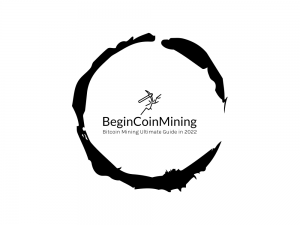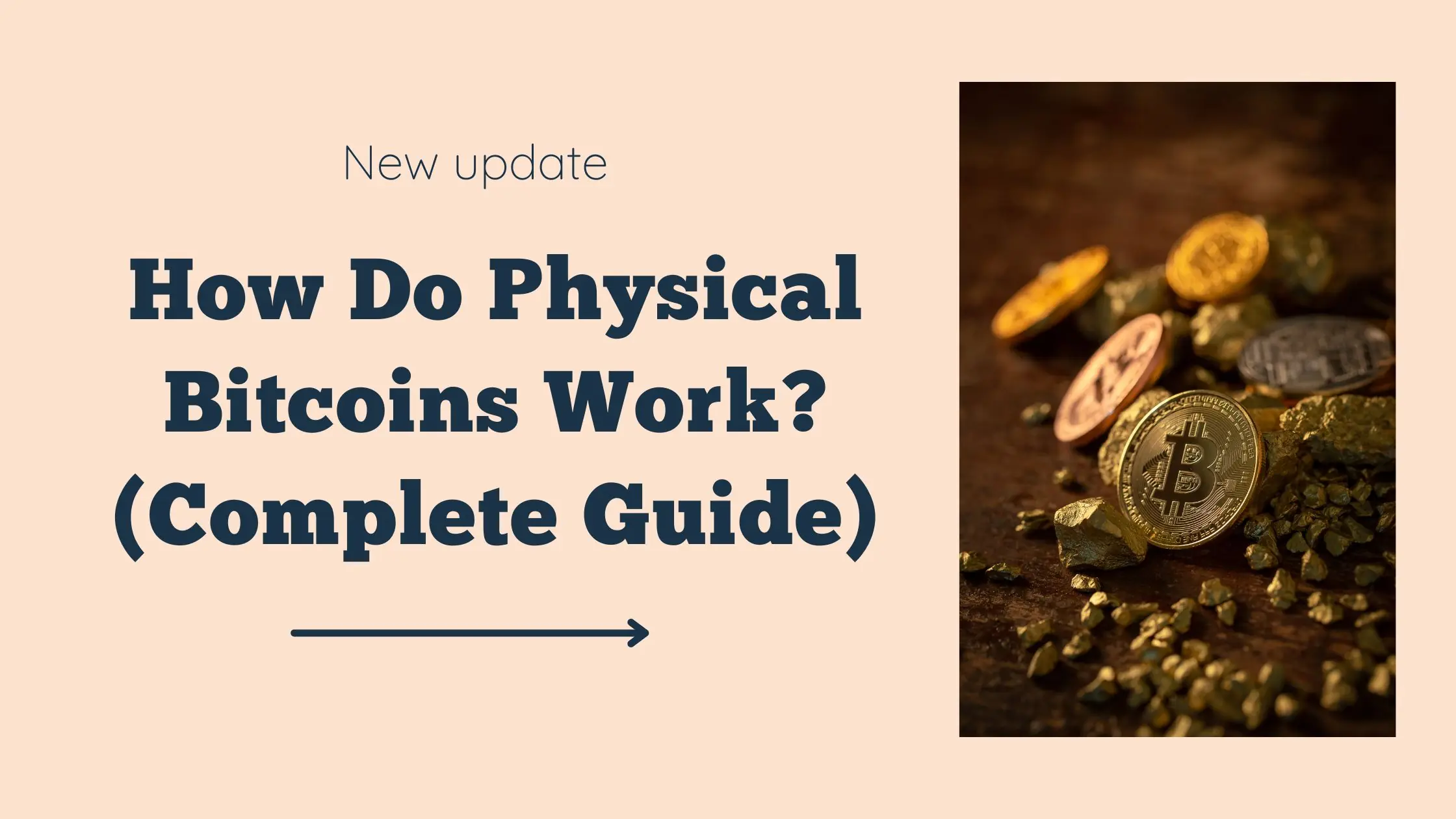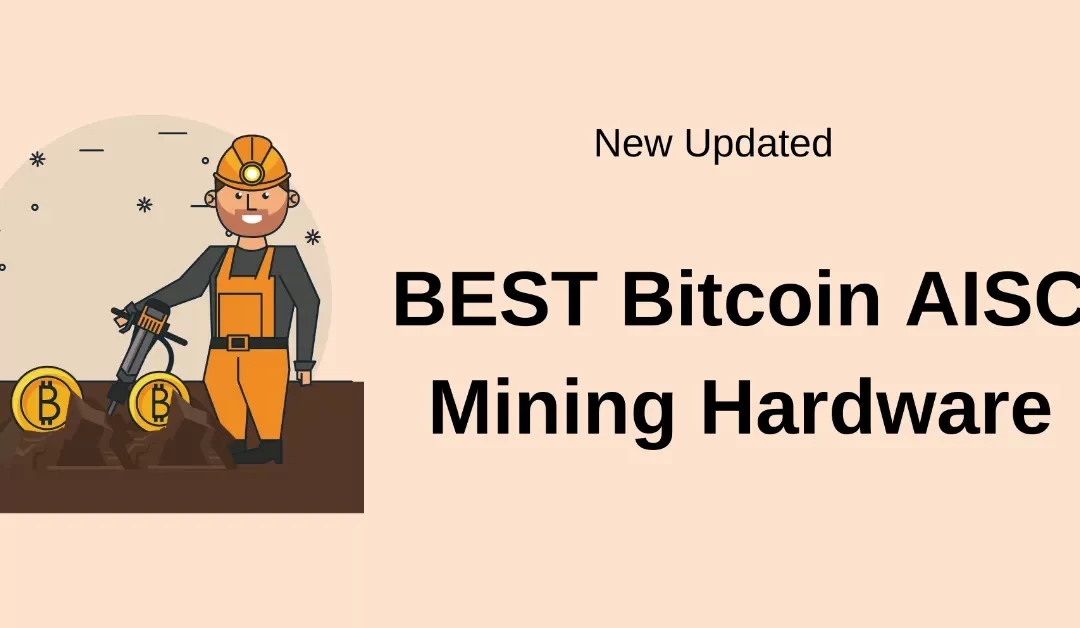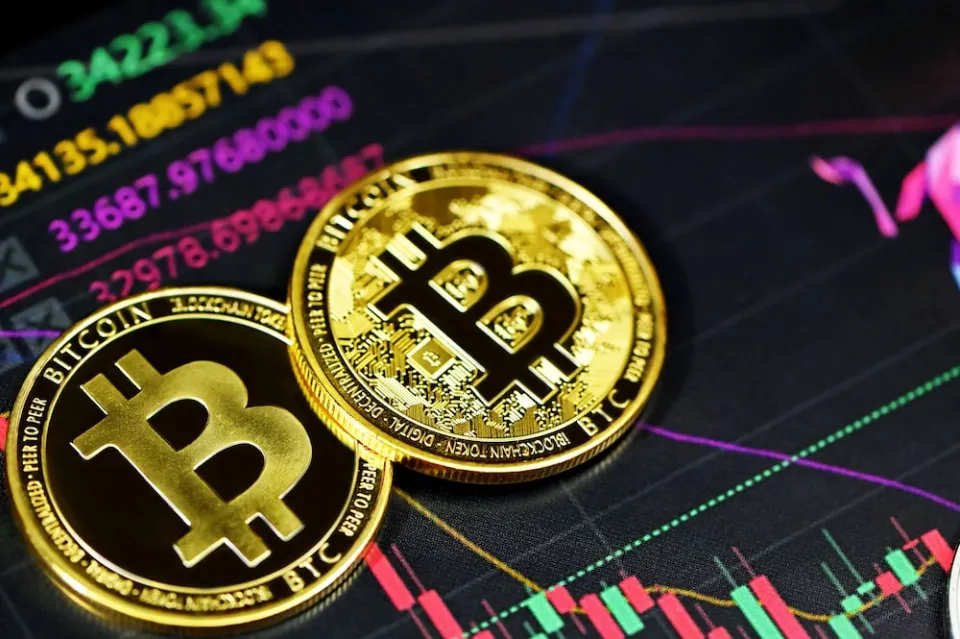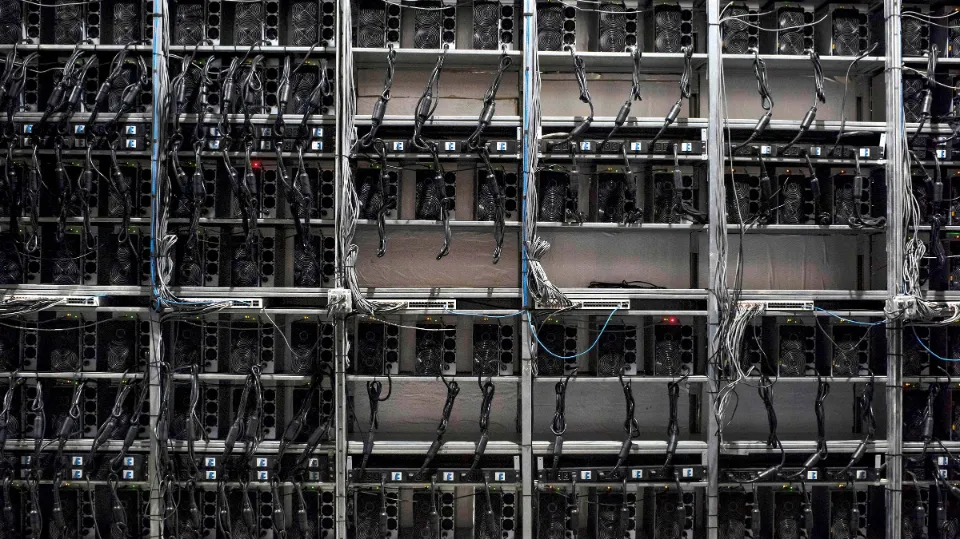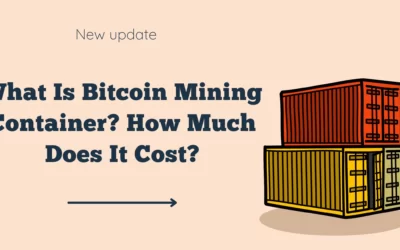Although the concept is not as developed as we’d like to see, physical Bitcoins do exist, and there are a number of noteworthy projects in the works.
Physical bitcoins work in a similar manner. In reality, the true value of the coins lies in their private keys, which are simply a physical representation that resembles fiat money.
Let’s take a look at what kind of crypto wallets exist and how the BTC blockchain works in order to understand why physical bitcoins were invented at one point.
What Are Physical Bitcoins?
The phrase “physical Bitcoin” might be misleading to those vaguely familiar with crypto and its history.
The ability to turn a digital currency into a physical object begs two important questions: does this advance the goal of cryptocurrencies generally? What is the point of Bitcoin if it can take a physical form and be bartered like nickels and dimes?
These are all valid concerns, and each one can be answered simply by stating that there is no intrinsic value to physical Bitcoins. However, they have some appeal for cryptocurrency collectors and enthusiasts and represent real Bitcoins via digital keys that are specific to each physical unit.
For instance, a physical Bitcoin (typically shaped like a circular gold coin with a Bitcoin symbol) will have a particular digital code on the back, protected by a hologram seal, enabling the owner to access a real Bitcoin online wallet whenever they want.
If you can secure the money digitally and represent it in a substantive form, you could theoretically use this format to convert any physical object into a piece of Bitcoin.
How Do Physical Bitcoins Work?
We must first clarify how blockchain technology functions in order to comprehend why bitcoins and other cryptocurrencies must be kept in crypto wallets. The first, most widely used, and most well-known cryptocurrency blockchain is Bitcoin.
The BTC blockchain is essentially made up of blocks that make up the blockchain and network nodes (miners) that verify BTC transactions and create new bitcoins in the process. New blocks are added to the blockchain thanks to the work of miners, who validate transactions.
The blockchain receives a new block after 1MB of transaction data has been verified. Because the number of transactions in each block can vary, the network may occasionally take longer to process a block. After a transaction is validated by miners, the funds that are being sent from one destination to another will be available at the receiving destination.
The only form the funds can take is as bytes on the Bitcoin blockchain, and they can only be accessed using the wallet owner’s private key once they have reached a receiving location like a crypto wallet. The wallets are actually used to facilitate transfers of crypto assets using the private keys and public keys of the funds, but without the blockchain, those assets don’t really exist. Transfers of the currency would no longer be possible and users would be unable to in any way support the use of BTC in the event that the Bitcoin blockchain is compromised and shut down.
As a result, the BTC network’s validation system ensures that no erroneous transactions or network breaches can occur because each transaction requires multiple independent confirmations from miners before it can be processed.
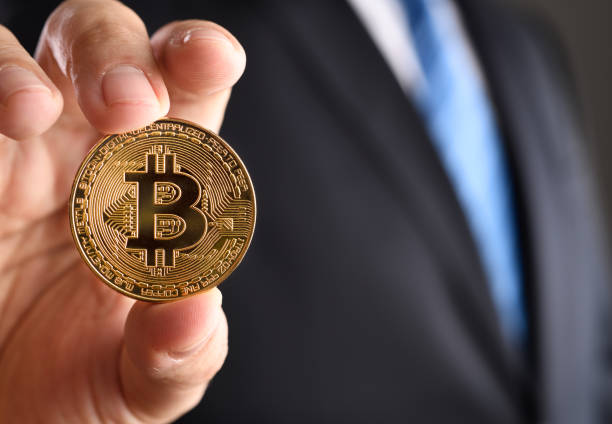
Pros and Cons of Physical Bitcoin
Anyone who has followed the development of cryptocurrencies over the past ten years will understand the appeal of physical Bitcoin. The main benefit of these assets is that they make Bitcoin and other cryptocurrencies more than just abstract symbols on a screen.
The storage of an asset that is already known for its decentralization can be further decentralized by using physical Bitcoin. You can theoretically hold Bitcoin in dozens of different “locations,” both physical and digital, creating a more secure fortress for your wealth.
Furthermore, nobody can deny how cool physical Bitcoins are to look at! There have been a number of physical crypto coins with authentic weight, svelte profiles, and a ton of custom engravings that crypto enthusiasts appreciate, though they vary in quality and detail.
The central tenet of cryptocurrencies, however, is that digital money can replace the need for coin purses, wallets, and the entire process of scrabbling around for change at the clerk counter is in direct conflict with the existence of physical Bitcoins.
While some Bitcoin investors are eager to secure their assets in different formats, others may not want to take the risk of holding crypto in a physical form. As it turns out, many of the original pressed physical Bitcoins were soon compromised once the codes were let loose.
Physical Bitcoins are not as useful as they might seem, aside from being a cool collector’s item, which explains why they didn’t take off in the beginning.
In addition, a number of legal concerns have dogged the development and use of physical Bitcoin from the start, adding a further level of complexity that ultimately put an end to the trend.
Storing Bitcoin in the Real World
Hardware Wallets, Cold Storage, and More
We learned a few lessons from the story of physical Bitcoin, mainly that digital currency can take physical form and achieve another layer of security.
This reasoning leads to the conclusion that many well-known Bitcoin investors still use this tactic to safeguard their assets in the real world. The perfect example is a “cold wallet” that isn’t connected to the internet and is kept safe in a secure location with a complex password.
These cold wallets have the appearance of being just another piece of hardware, similar to a USB drive or an old-fashioned disc drive, but they have the capacity to store a large number of crypto assets, including hundreds, making them extremely secure.
Bitcoin ATMs and Cards
Another way that crypto appears in the physical world is with Bitcoin ATMs, which are popping up by the thousands in major cities around the globe.
Although there are fees involved upfront, using a bitcoin ATM is a quick and simple way to convert BTC into stacks of cash.
Alternatively, Bitcoin debit cards are becoming more popular, allowing users to quickly liquidate crypto at the point of sale and earn rewards like a standard bank card.
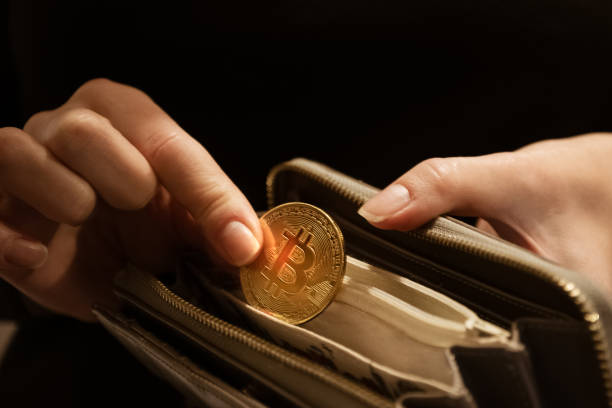
Physical Bitcoins: Worth More Than They Hold?
The value of physical bitcoins is just one of the many intriguing aspects of them. In theory, a physical representation of a cryptocurrency should be worth what the cryptocurrency itself is worth, but in practice, the physical coin is frequently worth more due to its relative scarcity and collectibility. This is particularly true if and when a range ceases to produce coins. A 2012 1 BTC Casascius coin, for instance, was peeled and listed on eBay in September 2021 for $1,999.99. A private bidder won the item. Although the actual sale price was not disclosed, it seems reasonable to assume that it could not have been much less than the listed value.
In the meantime, a roll of 125 unloaded Casascius coins was on sale for $4,995 in September 2021 on eBay. The seller’s ability to list what ultimately amounts to a collection of worthless aluminum disks for such a high price speaks volumes about the numismatic value of the tokens. And in January 2022, a 1 BTC Casascius coin that had not been peeled was sold for 4.5 BTC, which, given the price of bitcoin at the time, was roughly the equivalent of $150,00. In May 2022, a redeemed, empty 1 BTC Casascius coin was listed on eBay for $595, which seemed to be somewhere around the going rate.
Summary
Even though these coins were only sold for two years, they played a significant role in the development of Bitcoin. This doesn’t rule out the possibility that new varieties of physical Bitcoin will one day emerge and gain acceptance from both the general public and governmental organizations. Physical coins for various cryptocurrencies could exist in the future as more banks and financial service platforms, like PayPal, accept transactions related to cryptocurrencies.
FAQs
How Many Physical Bitcoins Are There?
There are 57 different types of physical crypto, the majority of which contain bitcoin, according to Elias Ahonen’s Encyclopedia of Physical Bitcoins and Crypto-currencies.
Is Physical Bitcoin Legal?
Holding physical bitcoin is, in and of itself, legal, providing you are in a place where it is legal to hold crypto. Although producing them might violate laws governing the transmission of money, doing so might require you to register with the authorities.
Is Physical Bitcoin Worth Anything?
They may be worth at least that much bitcoin if they have any bitcoin loaded onto them. They might still be valuable even if they are empty because coin collectors might find them interesting.
How Do I Cash in a Physical Bitcoin?
To turn bitcoin into cash and then transfer it to a bank account, there are two main options. You can start by using a third-party exchange broker. These third parties (which include bitcoin ATMs and debit cards) will exchange your bitcoins for cash at a given rate. The process is easy and safe.
